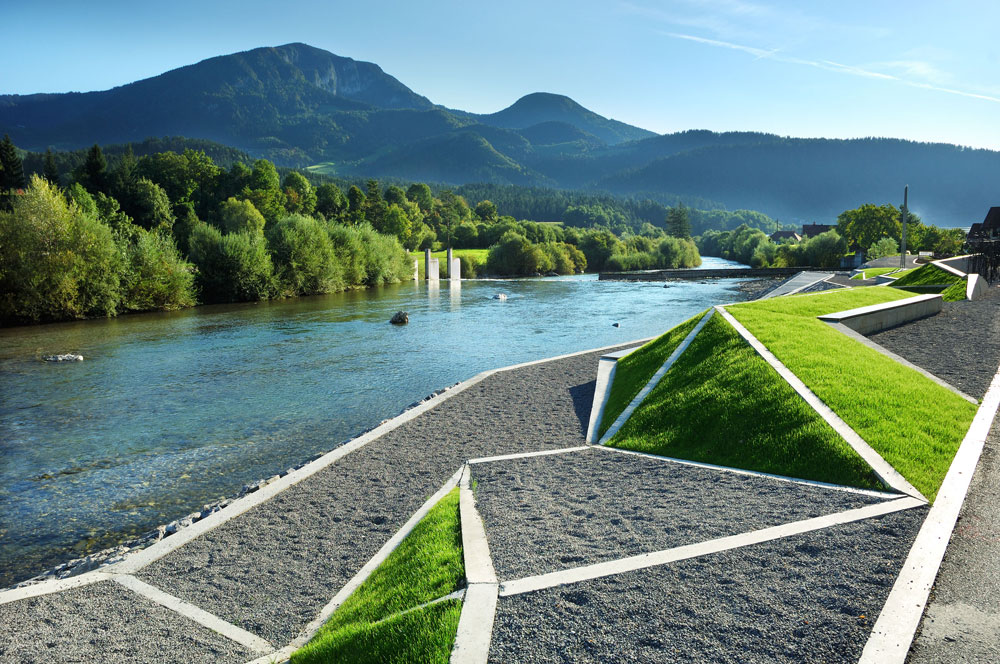ARCHITECTURE WITHOUT THE HISTORY
We will start with the roman era. Roman architecture was a universal architecture. They spread their methods of construction all over the world and built different types buildings that helped other polis rise to prominence. Concrete was one of its most significant discoveries. It allowed for the creation of new elements.
Temples
Romans were able to follow some greek orders in terms of religious buildings. They placed their temples on extremely high podiums, whose staircase was at the axis of the cellas.
Romans experimented also with other kinds of plants. They used elements from Etruscan villages, including vaults and arcs.
This architecture is best illustrated by the Pantheon of Rome.
Civil works
They were experts in the deconstruction of infrastructuresa s sewage systems (vaulted galleries), water supply to cities, roads and bridges, as well as aqueducts.
Thermal baths
Thermal baths were a common feature in Roman cities. They could be used as libraries, schools, or as a bath.
Theaters
The Greek model is the basis for Roman theaters, but they are larger. They were semicircular and could be used to present theatrucal, Greek, and Roman works, but not for religious or educational purposes.
Amphitheaters
Amphitheaters are the heart of Roman innovation. They have a double theater that presents an elliptical stage and a continuous grandstand for gladiator fights.
Basilica
The basilica was created as a court for justice.
Circus
The Roman circus was intended for performances, races and shows. The Circus was a great venue for shoows. It also had the capacity to hold more than 385.000 people.
Domus
The habitual home of the wealthiest families was called the domus. It had an impluvium, which contained both private and public rooms. They were equipped with water, drainage, and heating.
Insula
Insulas were homes of the plebeians, who made up the largest portion of the population. These dwellings were made of low-quality materials and wood. There was no heating, so there was a bonfire in central kitchen to heat the space.
The cities
The Romans arranged the city using an orthogonal plan, which was derived from the camp-based planning.
The forum was located in the city’s heart. The forum was a civic space that existed in open air, delimited by a colonnade, such as toas or public buildings. The forum’s main building was the basilica.
Und, in the moment of truth. Which is what an architect does when they work?
Let’s say we have been studying architecture for five to six years in Valencia. To be able practice as professionals, we have completed an enabling master’s. Now we are at nine in morning in 2027 and ready to start our new lives.
Despite what many people may believe, there are many options for us to choose from. You can work freelance, for companies, or for the administration. We can dedicate ourselves to teaching, evaluation, and urban planning.
